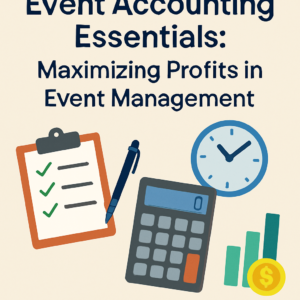When starting or running a business, paying yourself might be the least of your worries initially. However, as soon as you can afford it, you should draw your paycheck just as you would pay your employees.
This guarantees your business longevity and a realistic view of your expenses. You can not make adjustments to your operating costs if your own pay isn’t included in the report. You should value your time and personal finances just as you would your business performance and health.
So, how do you pay yourself? In this blog, we outline the two ways to do and other factors that determine that decision.
Two Ways to Pay Yourself
These are the two main ways to pay yourself as a CEO:
1. Owner’s draw: This means you take money out of the profits from your business as needed. You can draw out as much as you put into the company, also known as owner’s equity. Although you don’t have to pay taxes upfront, it is best to set aside money every quarter to prepare for your tax bill.
2. Salary: You can take a salary for a paycheck and withhold taxes, just as you would pay an employee. Paying a salary to yourself is a legal requirement if you run an S-Corp or C-Corp. It’s important to remember that the IRS has a reasonable compensation requirement, meaning your salary should be comparable with other professionals or CEOs doing your job in the same industry.
Related: 4 Ways to Handle Payroll Stress-Free
Factors to Consider
First, you will want to consider three main factors before you begin to decide how to pay yourself:
1. What is your business structure?
ou can take an owner’s draw if you have a sole proprietorship, partnership, or LLC. If you have a corporation or an LLC taxed as a corporation, you can take a salary. An accountant would be able to advise you on the best course of action as well as the tax advantages of your business structure.
2. What is your business stage?
Are you at a point in your business growth where you can pay yourself? In the early stages, owners typically do not take any money from their business, but as they build more cash flow, they can factor that amount into operating expenses.
3. What is the state of your personal finances?
When you charge for services, the payments you receive should cover all personal expenses such as a mortgage, utilities, and living expenses. If you’re not paying yourself enough or your personal finances are in the negative, you may need to rethink your rates so you can at least pay yourself by owner’s draw.
Pros and Cons
There are pros and cons to each payout method. Taking an owner’s draw is the best if your business is in a good growth stage. However, an owner’s draw depends on business performance, so you would need to have some flexibility in your business decisions and your personal finances to succeed.
On the other hand, if you have a corporate structure, a salary would be the best option so you can factor it into your operating expenses and adhere to the IRS guidelines of reasonable compensation. The downside to this method is you have no flexibility due to the business structure rules.
Related Post: LLC or S-Corp? What’s the Difference?
Assemblage Can Handle Your Payroll
Did you know that Assemblage handles payroll administration, including your paycheck as a CEO? In our services, we include the setup, processing, journal entries, and reconciliations. We also help with benefits administration, such as payroll deductions for benefit plans, paid and sick time-off tracking, and monitoring retirement plan contributions and limits.
Learn more information here, and let us know how we can be an asset to you!









